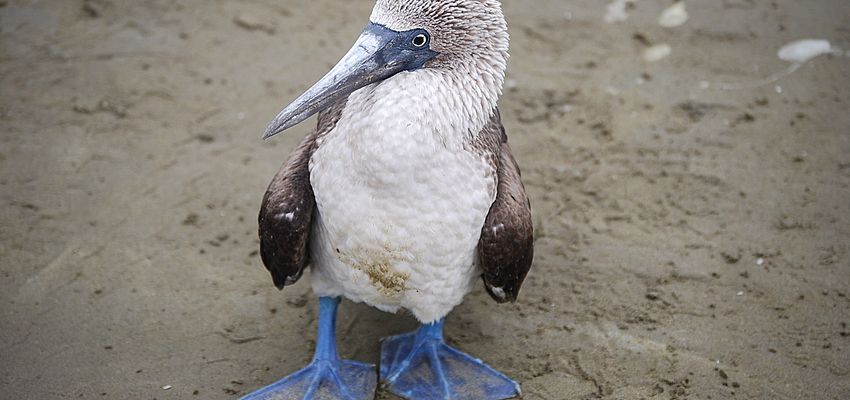


It has to be said that tourists are often suprised by what they find during a trip to Ecuador. Its rich, varied landscape and wildlife will amaze you ; you'll be enchanted by its beauty.
Divided by the Equator, the country straddles both hemispheres. Covering a little more than 280,000km2, Ecuador is relatively small compared to its neighbouring giants, Peru and Colombia. And yet, geographically it's incredibly diverse.
First and foremost there are the legendary Andes. The highest peaks you'll see during a trip to Ecuador are its two famous volcanoes - Chimborazo at 6,310m and Cotopaxi at 5,897m.
Bordering the Pacific, Ecuador also boasts a long coastline. But there's more to Ecuador than mountains and sea. The entire eastern region is home to the Amazon Rainforest. The geographical zone that makes up Eastern Equador stretches across 120,000km2.
And 1,000km off the coast, in the heart of the Pacific, you've got its most famous tourist attraction - the Galapagos Islands.
Ecuador's climate is equatorial. To be more precise, climatic conditions also depend on the area.
Mountainous regions have a rainy season that lasts from October to May. Even during July and August, the dry season, the wind can be glacial and harsh. So the best time to tour is during December and January
The coast benefits from warm temperatures all year round, but the water can be chilly between June and September.
As for the Amazon, you're best going between December and February. Even if temperatures level out at a pleasant 25°C throughout the year, these three months are the driest.
Finally, if you're heading to the Galapagos, bear in mind it can be a bit colder during the June to December dry season than during the rainy season.

Ecuador is home to all animals native to South America. Llamas abound and you'll also find pampas deer and the mythical condor. More common sights are hares and guinea pigs. The Amazon has an exceptional range of wildlife, but you'll need be on your guard if you want to spy an ocelot, sloth, howler monkey or the hard to spot jaguar. The Galapagos Islands boast the most remarkable wildlife. Tortoises that weigh more than 250kilos, iguanas, lizards, snakes, sea lions, seals, sharks, whales, penguinsred and blue-footed boobies, pelicans, albatros and so the list goes on.